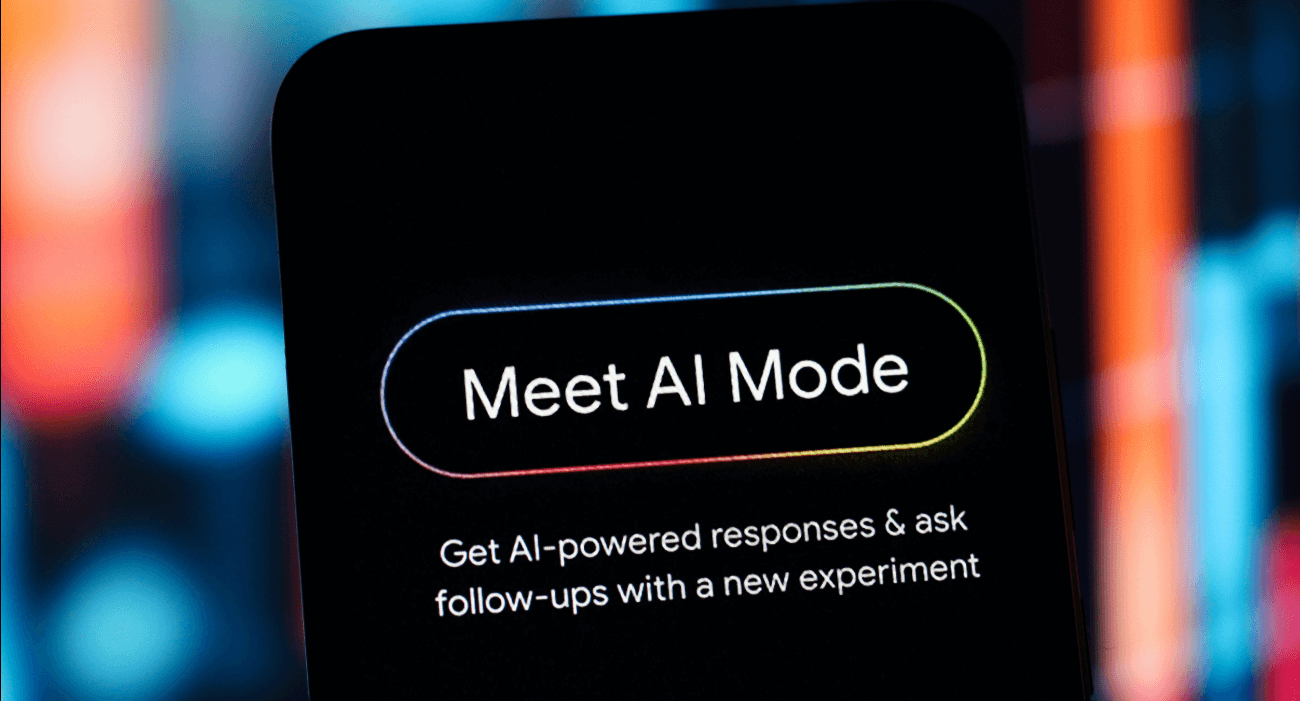
SEO, AI AND GENERATIVE CONTENT: INTARGET’S GUIDE TO BEING FOUND (AND NARRATED) BY THE SEARCH ENGINES OF THE FUTURE
From Large Language Models to Generative Engine Optimization: strategies to build visibility and authority in the conversational web. Search will never be the same.
For years, we searched for information by clicking links. Today, with the rise of language models such as ChatGPT, Gemini, and Perplexity, that dynamic has changed forever. Google AI Overviews is the clearest proof: search no longer returns a list of results but a reasoned, synthesized answer generated by AI.
In this new landscape, SEO is no longer enough. Visibility is not achieved through keywords but through the ability to be understood and represented by generative models.
This marks the birth of AEO – Answer Engine Optimization and, at a deeper level, GEO – Generative Engine Optimization.
What is the real impact of LLMs on visits and purchases today?
LLMs (Large Language Models) are emerging as a new access point to brands and e-commerce, evolving from chatbots into discovery engines integrated into search.
According to Adobe Analytics, between July 2024 and February 2025, referral traffic from generative AI sources to retail websites in the United States grew by +1,200%, peaking at +1,950% on Cyber Monday 2024.
Although this channel still represents less than 1% of total traffic, it shows higher-quality behaviors: visitors coming from AI sources:
- browse +12% more pages per visit,
- have a 23% lower bounce rate,
- show a growing intent to purchase: conversions, which in July 2024 were –43% lower than other channels, improved to –9% in February 2025, recovering 34 percentage points.
Users arriving from AI sources are more informed, more engaged, and highly inclined to buy.
From SEO to AEO: a new grammar for being chosen
For years, SEO was based on precise rules: site structure, keywords, backlinks, mobile-first design, and Core Web Vitals.
Today, however, the new referee is called AI.
Visibility no longer depends on a page’s ranking but on the likelihood that its content will be included in AI-generated responses.
We no longer climb the SERP: we enter the answers.
To be relevant in this context means:
- having solid technical foundations with clear architecture and structured data;
- ensuring semantic consistency with the brand’s key themes;
- creating conversational content that answers real questions in natural language;
- appearing in authoritative sources that feed the datasets from which AIs learn;
- maintaining constant monitoring, since AI-driven visibility is dynamic.
The new goal is not to be found, but to be understood and narrated by AI in all its forms.
From B2C to B2AI: the birth of the Conversation Journey
By 2026, language models will become a structural touchpoint in the customer journey.
Users will no longer type keywords: they will talk with personal intelligent assistants that filter information and negotiate with companies’ “AI agents.”
This is the dawn of the B2AI era, where relationships between brands and consumers are built between artificial intelligences.
In this landscape, content becomes the currency of trust: what is clear, consistent, and authentic will be selected and promoted by AIs.
What do brands need to prepare for the new SEO & AEO landscape?
Competing in this context requires a new content creation mindset—one that combines technology with meaning.
- LLM Accessibility – make content readable by AI crawlers (robots.txt, JavaScript, schema markup).
- Machine readability + synthesis – write clearly, concisely, and in an “answer-first” format.
- Distributed authority – be present in the channels feeding AI datasets (Reddit, YouTube, Substack).
- From funnel to conversation – think in terms of modular, reusable content ready to be cited by LLMs.
What kind of content should brands create to be seen by generative AIs?
- Structured text: this is the key to being read and interpreted by LLMs. Without accessible, organized, and semantically structured text, models cannot cite or recommend a brand.
- Images and video: their role is evolving in two directions: they no longer serve only to persuade humans but are crucial to informing AI. Through computer vision, multimodal models now “read” visual content, analyzing its context and details. As a result, technical elements such as detailed metadata, descriptive alt text, and video transcripts are no longer optional—they are foundational SEO assets for discovery and recommendation by AI.
GEO: Generative Engine Optimization
GEO represents the natural evolution of SEO and AEO.
It’s no longer just about appearing or answering, but about being narrated by generative AIs, which build stories and select the most credible sources.
In short:
- SEO helps you be found
- AEO helps you be answered
- GEO helps you be narrated
The difference is not semantic—it’s strategic.
It means shifting from positioning to participation in digital dialogues.
Toward 2028: from click to conversation
In the next three years, we will witness a profound transformation of traffic sources and touchpoints:
- Decline of SERP clicks: over 60% of searches already end without a click.
- Social as the emotional stage: they will continue to drive awareness and inspiration.
- LLMs as purchase advisors: they will guide consumers all the way to checkout.
- AI-to-AI commerce: brand agents will communicate directly with customer agents.
The Customer Journey thus becomes a continuous conversation, where AI interprets and filters.
Content will need to be more concise, more readable, more authentic: stories for social, answers for LLMs.
The content of the future
- From SEO to “Conversational Optimization”: content must be designed not only for human readers but also for how LLMs will interpret and return it to users at the moment of need.
- Single-touchpoint readiness: as pre-purchase channels converge on LLMs and social media, content must be clear, concise, enriched with metadata, and easily citable.
- Text + structured data: open datasets and APIs will become central to information distribution.
- Machine-readable multimodality: it is increasingly crucial for images and videos to include metadata, alt text, transcripts, and subtitles to be interpreted and recommended by multimodal LLMs.
- Storytelling for social, precision for LLMs: social media will remain the emotional showcase, while LLMs will be the rational advisor.
Conclusion: SEO is alive, but it has changed its voice
SEO is not dead.
It has become conversational, semantic, and generative.
Search engines no longer just read: they want to understand, choose, and narrate.
Companies that start today to make their content AI-ready — accessible, structured, and consistent — will be the ones that tomorrow will be cited, recommended, and chosen.
In the new web, aiming for visibility is no longer enough.
You must become the logical choice of Artificial Intelligence.





